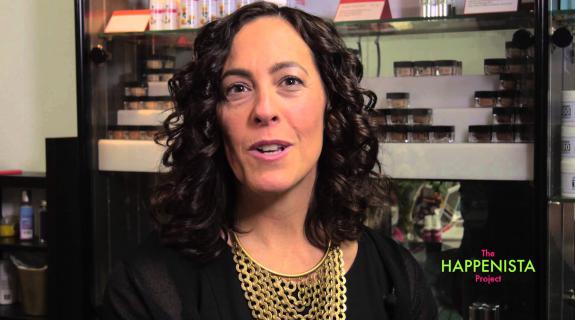Just like anything else, becoming a good leader requires preparation, said Judy A. Goldberg, founder, WonderShift Ltd. at the PromaxBDA Station Summit 2016 in Las Vegas on Thursday.
Quoting Malcolm Gladwell, she said: “In order to be good at what you do, you need to be obsessive in your preparation.”
To get prepared, Goldberg gave six guidelines, with lots of strategies on how to accomplish each one.
First, boost your brain power. “We all use our brain every day,” she said. “Whether we maximize it every day, I’m not sure.”
There are lots of ways to boost your brain power, and most of them are common sense: have an open mindset instead of a closed, negative one; take a little quiet time every day to recharge your batteries; laugh and cry, move and eat.
And while that last one seems obvious, plenty of executives get too busy to eat and that’s when they are at their worst when it comes to making decisions. “If you need something from your manager and you want a favorable decision, ask them if they’ve eaten. If they haven’t, come back after lunch or go get them a snack,” Goldberg said.
A less obvious way to boost your brain power is to reduce the decisions you have to make. For example, people like Barack Obama, the late Steve Jobs and Angela Merkel all have one thing in common: they wear the same thing every day. This is not because they are averse to fashion, but because it takes one decision off their plates, allowing them to conserve energy for bigger decisions later.
Next, “design observable systems,” and that means act in ways you want your team to emulate.
Take notes, because your mind was not meant to hold ideas but to have ideas. Know why you are saying yes because everything time you say yes, you are saying no to something else. And if you are saying no, explain that.
Good leaders apply these systems to meetings, in particular, which have the power to be ultra-productive or ultra-time-sucking. First, “get people engaged in the first ten minutes by giving everyone in the room a voice,” and “always have an agenda. I know leader who said ‘no agenda, no meeting,’” said Goldberg.
The third lesson Goldberg called “seizing the Re’s,” which is essentially having the willingness to take a cold, hard look at where you, your team and your business are at.
“Be ready to rewrite the script,” said Goldberg. “You might need to reorganize, reshape, re-engineer, reeducate yourself or your staff, reassess, reveal your mistakes, review your approach, reunite people to come up with new ideas, reexamine how you might go about finding an answer – all in order to construct new realities. Then reassure your people and your teams.”
Number four challenged aspiring leaders to live in alignment with their values.
“These are what drive your decisions every day. First, you need to know them. Then reflect on where you spend your time, your energy and your money. If these lists link up, you are probably living in alignment with your values,” Goldberg said.
Number five – “walk the halls (and the streets)”—was similar to number four, encouraging leaders to stay in constant touch with the people who work for them.
Goldberg referred to Harry Connick Jr.’s Wednesday morning session at Station Summit, in which he discussed how much he loves getting out and talking with people.
“He clearly loves going to different towns and talking to locals,” said Goldberg. “He’s living that. It’s part of his values.”
Finally, “embrace the curves that life shows you,” she said, and that includes everything from learning to earning to yearning. There’s also a happiness curve, and it’s important to embrace that too.
“We spend so much time as leaders trying to make other people happy, but the most important thing in the happiness curve is putting yourself first,” Goldberg said. “When you do that, you can light up and bring happiness to other people.”
Tags:













































__twocolumncontent.jpg)











